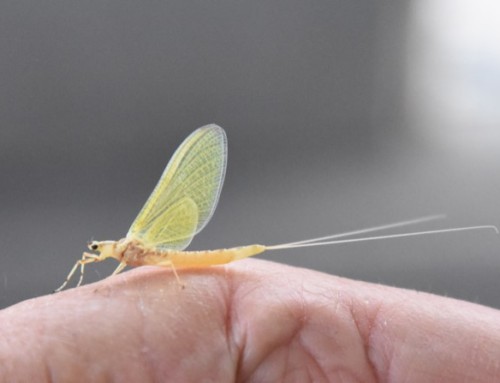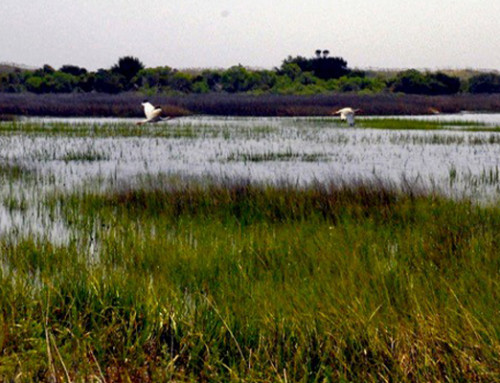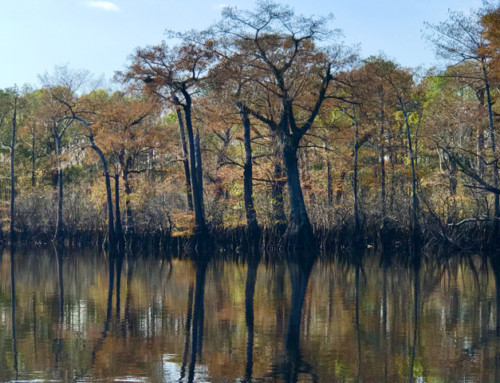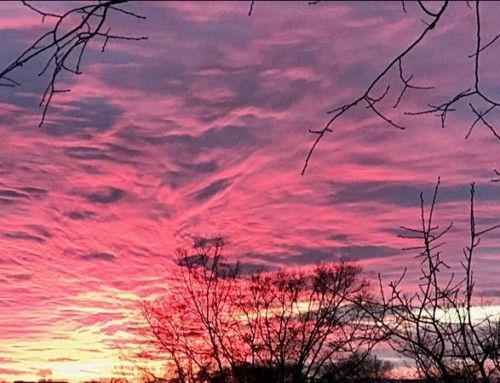A Photo Series from NC photographer and naturalist Tom Earnhardt
Wild at Home
Spring and summer 2020 have affected each of us in different ways. News stories and editorials in the past three months usually include at least one of the following adjectives: challenging, unprecedented, worrisome, troubling, difficult, or dangerous. We are a state and nation dealing with a pandemic, strong economic headwinds, a divisive election season, and perhaps most important, long neglected issues regarding inequality and social justice. The magnitude of these problems demands the best of us individually and the very best from our leaders. Such challenges cannot be wished away, avoided, or kicked down the road to the next generation.
One thing I have learned over the years when dealing with important issues of family, community, or state, is there has to be a place of peace and calm. We are more effective problem solvers when we are able to step out of the storm, at least briefly. For me, that place of respite has always been the natural world. I love traveling to the wild corners of North Carolina, but with travel restrictions this spring my normal travel routine has been greatly diminished. Fortunately, the closest wild place and things exist in my own yard.
My wife and I have a yard that does not look much different from most other urban lots of less than a half acre in the Triangle, Triad, Charlotte, Wilmington or Asheville. In the 30 years my family and I have lived in the same place, we have added a number of different trees, and now have some 20 species (oaks, maples, beech, redbud, sassafras, black cherry, etc.) mostly native to North Carolina. Some of the trees are hollow and riddled with woodpecker holes, and most are less than perfect specimens. We’ve planted Tar Heel grapes and several native flowering vines (coral honeysuckle and native wisteria). From March thru November there are mixed Piedmont wildflowers in patches and half dozen species of ferns in the shady places. The small mowed area of the yard is not so much “grass” as a mixture of dandelions, violets, clover, moss, and mushrooms. The rabbits love it. No one has ever described our yard as manicured or showy, but on occasion it has been labeled as “interesting.”
In this seemingly random green mixture, there are plenty of places for chipmunks, rabbits, frogs, a few salamanders, fence lizards, garter snakes, and even a box turtle to hide. Most importantly, a lot of birds are attracted to our yard. On any given day I will see between 22 and 28 species at our single feeder—towhees, bluejays, brown thrashers, robins, chickadees, Carolina wrens, nuthatches, titmice, red bellied woodpeckers, bluebirds, catbirds, and cardinals. Barred owls, Cooper’s hawks, and red-shouldered hawks are regular visitors. From late March through summer ruby-throated hummingbirds are attracted to our deep-throated wildflowers, including cardinal flower and coral honeysuckle. The number of bird species is roughly the same in summer and winter, since some of the migratory species just “switch out.” When I add up the types birds in our yard over an entire year, it is humbling to know they comprise only a tiny fraction of resident and seasonal birds that can be found within North Carolina’s borders in any given year—over 465 species!
By almost any standard, for an urban yard we have a good diversity of birds, creatures and plants. And because of the plant diversity we have attracted a significant number of pollinators, beetles, hoppers, and Lepidoptera (butterflies and moths). The fireflies and cicadas, which emerge in early summer from beneath decaying leaves, bring joy to us and passersby. The songbirds nest in shrubs, vines and hollow cavities. Even without a bird feeder the songbirds birds would thrive on the seeds, berries, and insects in our yard and neighborhood. It is never a surprise when the raptors and garter snakes eat an occasional chipmunk or song bird. Everything is connected.
Over the years my wife, children and I have been entertained, mesmerized, and often amazed by the wild things living less than two miles from our state’s capitol building. We like what North Carolina has to offer, but we have worked to maximize nature’s opportunities in a small space. The number and variety of creatures in our yard is not unique. Truly amazing, however, is the extent of biodiversity found across North Carolina.
The best way to give you some sense of the scale of diversity found across the Tar Heel state is to share with you recent numbers for one area, the Great Smoky Mountains National Park. Granted, this national park in the far western part of our state, shares a border with Tennessee, and is known for very high biodiversity. The reason we have very precise numbers from the Great Smoky Mountains National Park is that detailed records of vascular plants (trees, shrubs, flowers, and grasses), animals, insects, mollusks, etc, have been kept since the park’s founding in the 1930s. In 1998 the GSMNP tally of “known species” within the Park’s boundaries was an astonishing 9,648. Over the last 22 years scientists, citizen scientists, students and researchers have been enlisted to do an ongoing “all taxa inventory.“ In just two decades, the inventory has expanded the parks number of known species to a staggering 20,391. This is not a misprint: the number has more than doubled.
This total includes 77 species of fish, 40 species of amphibians (salamanders and frogs), 251 different birds, over 1900 Lepidoptera (butterflies and moths), 95 species of dragonflies and damselflies, 2611 species of beetles, 534 types of spiders, 2806 species of fungi, and over 1800 vascular plants. Most surprisingly, scientists believe they have just scratched the surface in the Great Smoky Mountains National Park and that tens of thousands of additional living things have yet to be discovered.
Now, think of the other wild lands found across 500 miles of North Carolina—in the southern Appalachians, the Western Piedmont, Piedmont riverine corridors, the Sandhills, ancient pocosins, coastal hardwood bottomlands, Carolina Bays, coastal salt marshes, and barrier island maritime forests. How many plants and creatures, in addition to humankind, can be found in this place we call home? Will we study, treasure and shepherd them? Or squander them?
In the midst of troubled times, North Carolina still has wild places for respite and renewal for everyone. Here, we can consider our obligations and confront our demons while surrounded by beauty and joy with wings, scales, feathers, fins, petals, leaves, bark, fur, and shells.
We must endeavor to keep each other safe during the pandemic. We must also work quickly and with compassion to eradicate long-standing injustice and inequality in our human communities. I am also hoping that no matter where you live—on a farm, in the suburbs, in a condo or an apartment—that you will plant some native wildflowers and a few trees. Forget about the herbicides and pesticides, and watch the beneficial insects multiply.
You may not be known for your roses and perfect grass, but your piece of Tarheelia will be interesting for you, your children and your neighbors. And when needed, it can become your wild place. Equally important, preserving native flora and the creatures that depend on it, will make you a member of the natural community. Everything is connected.
Wishing you health, courage, fortitude, and the joys of wild things…
Tom
We have one simple bird feeder in our yard, but it is the variety of plants and insects that really attract birds and other animals. Regulars at the feeder and in our yard include cardinals (photo #1), bluejays (photo #2), brown thrashers (photo #3), bluebirds (photo #4), and robins (photo #5).





Gold finches and other seed eaters carefully take apart drying purple coneflowers (photo #6). Berries in the yard in the spring and fall attract migrating cedar waxwings (photo #7)


From late March through September we try to have flowers in bloom favored by hummingbirds, including trumpet vine (photo #8) and coral honeysuckle (photo #9).


Several species of owls use our yard, but the most frequent night visitors are barred owls (photo #10). The most common hawks in our yard are Cooper’s hawks and the smaller red-shouldered hawk (photo #11)


Finally, our Raleigh yard is home to a variety of small mammals, including a dwindling number of bats, grey squirrels, chipmunks (photo #12), and a fluffle of cottontail rabbits (photo #13)


All photos in this series are by Tom Earnhardt. Narration by Tom Earnhardt except slight editorial corrections







Thank you! This was wonderful.